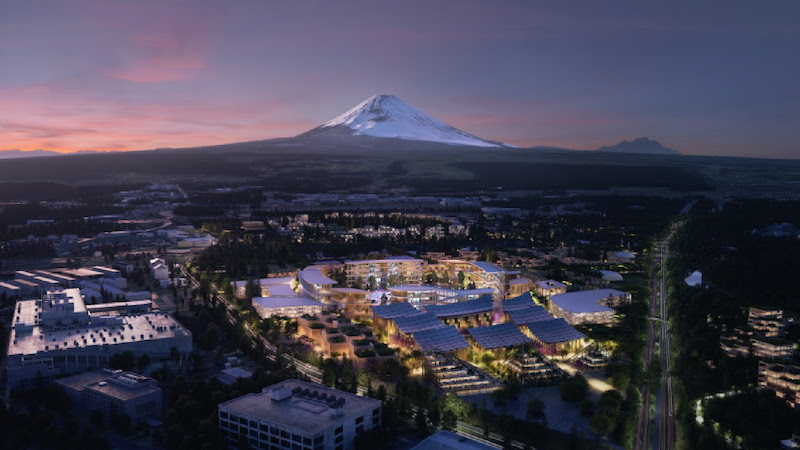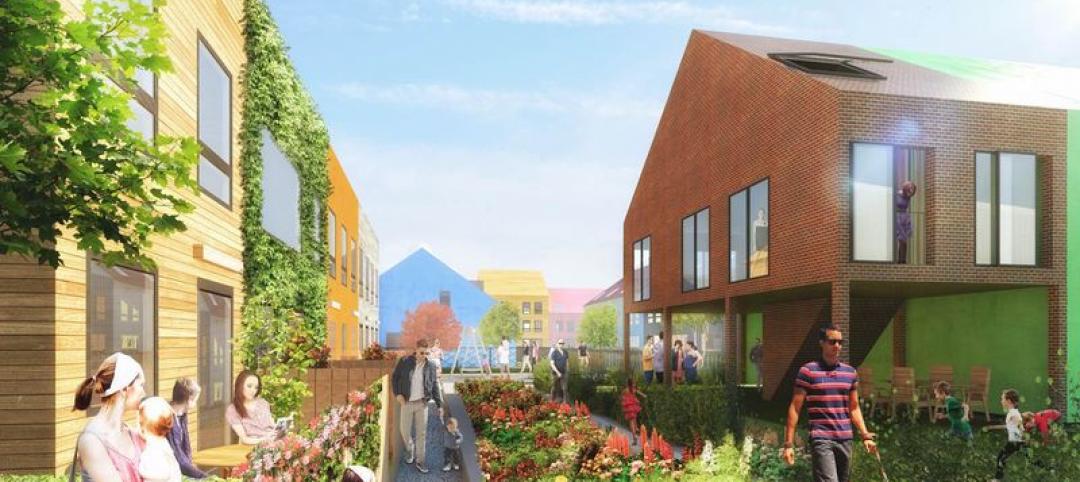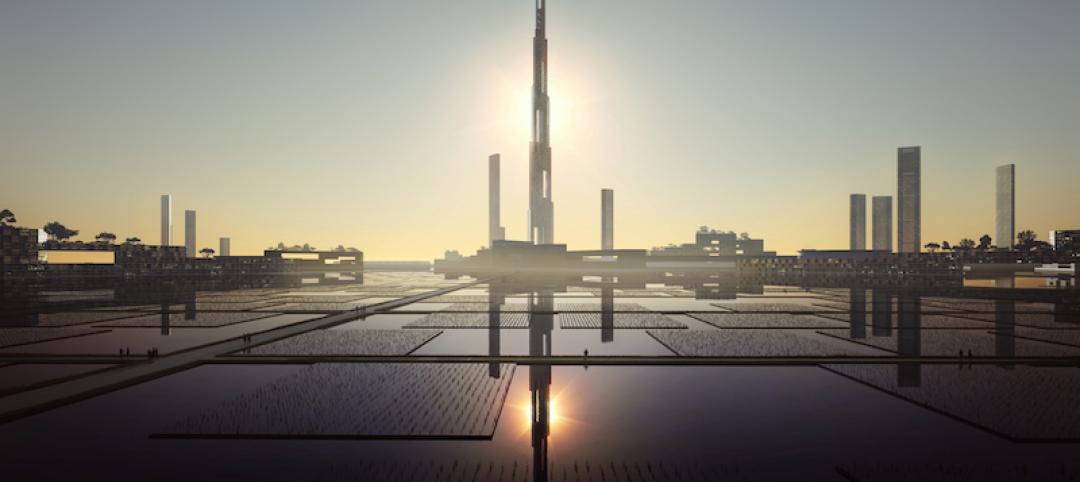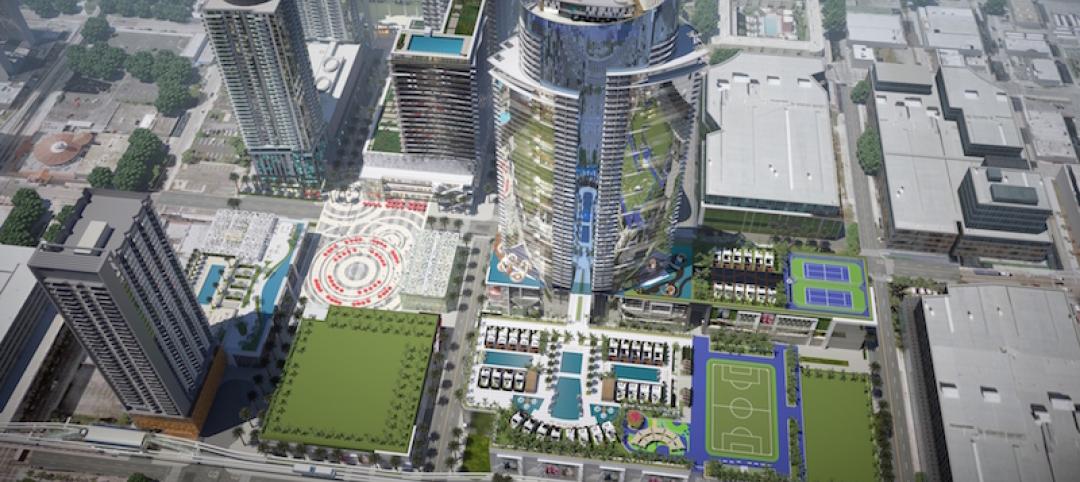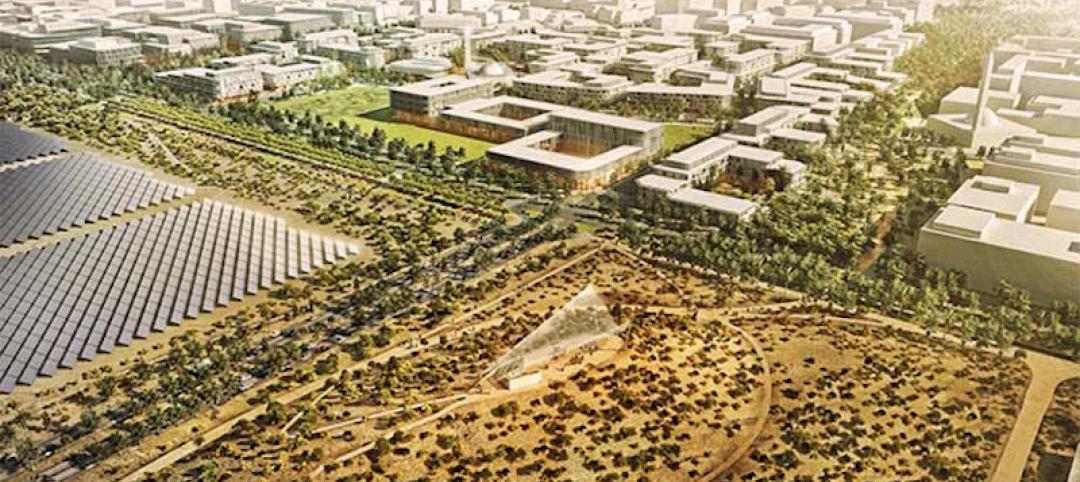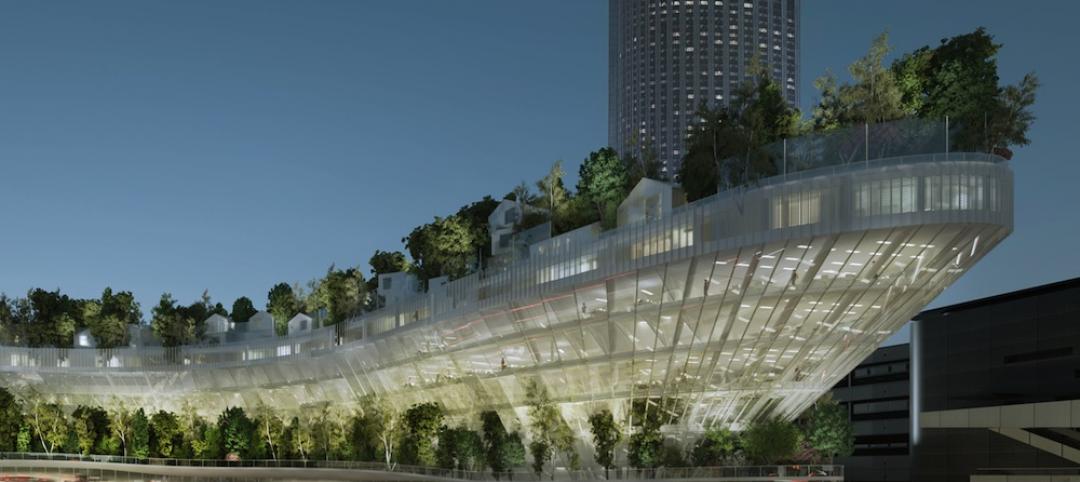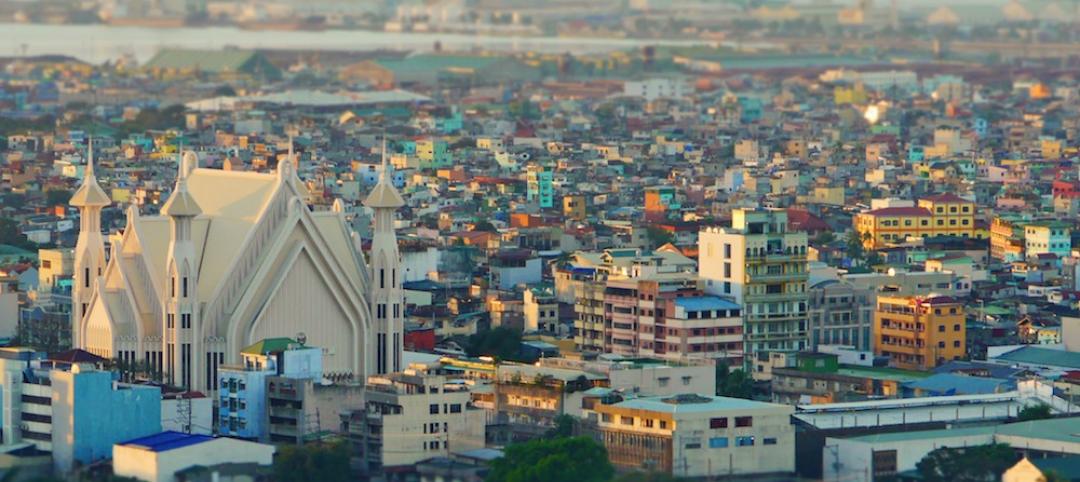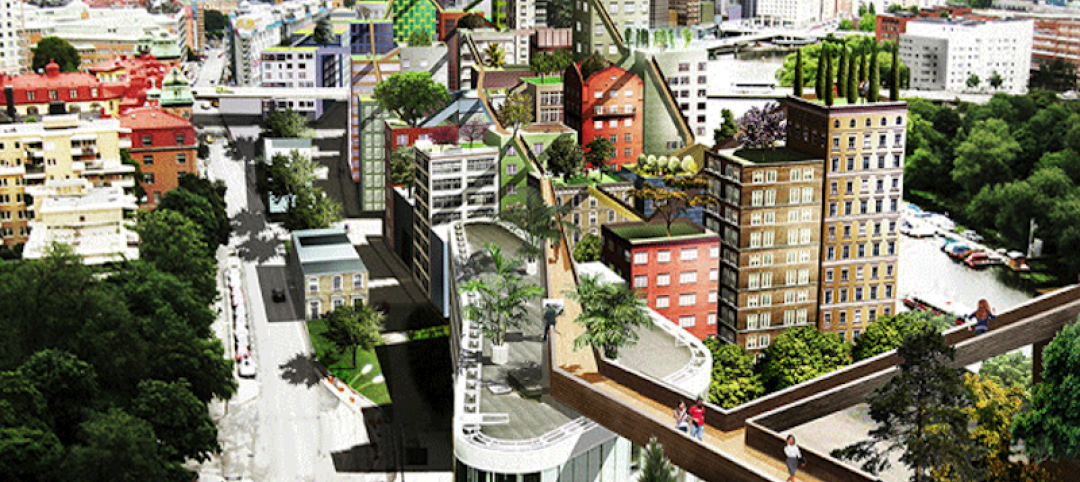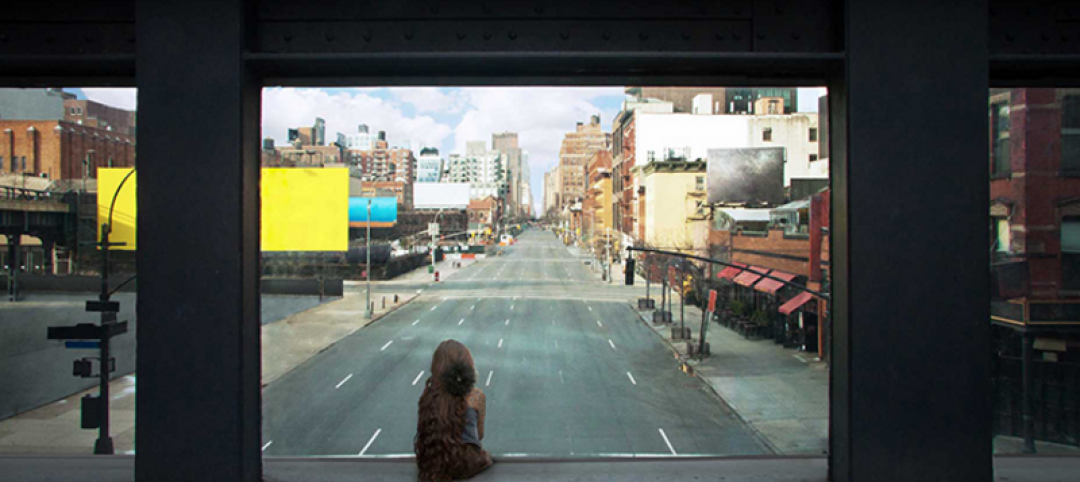The foothills of Mount Fuji are about to become the home to Toyota Woven City, a living laboratory for testing and advancing mobility, autonomy, connectivity, hydrogen-powered infrastructure, and industry collaboration.
Toyota Woven City, designed via a partnership between BIG and Toyota, is located at a 175-acre former factory site in the city of Susono in Shizuoka. It will use solar energy, geothermal energy, and hydrogen fuel cell technology to strive towards a carbon neutral society. The city is conceived as a flexible network of streets dedicated to various speeds of mobility for safer, pedestrian-friendly connections. There will be three separate street types for different modes of mobility.
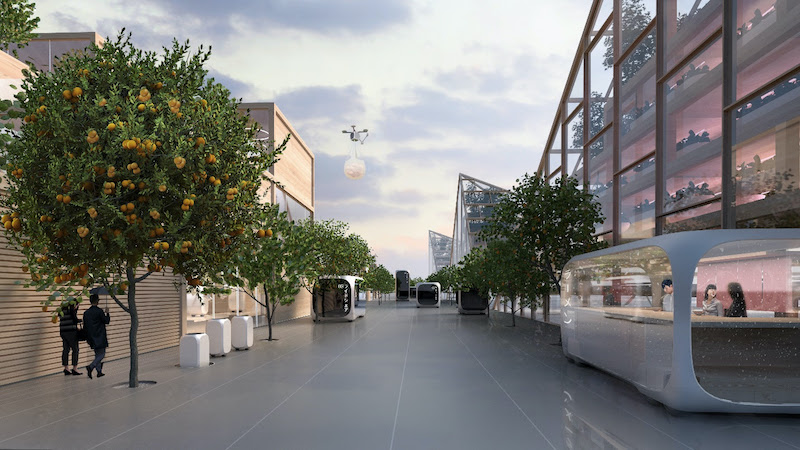
The first is the primary street, which will be optimized for faster autonomous vehicles with logistical traffic underneath. The Toyota e-Palette will be used for shared transportation and delivery services. The second street type is the recreational promenade, which will be occupied by micro-mobility types such as bicycles, scooters, and other modes of personal transport. This shared street will allow residents to freely walk at a reduced speed with increasing amounts of nature and space. The final street type is the linear park, a path dedicated to pedestrians, flora, and fauna. These intimate trails will provide a safe environment for leisurely strolls and nature breaks through the ecological corridor that connects Mount Fuji to the Susono Valley.
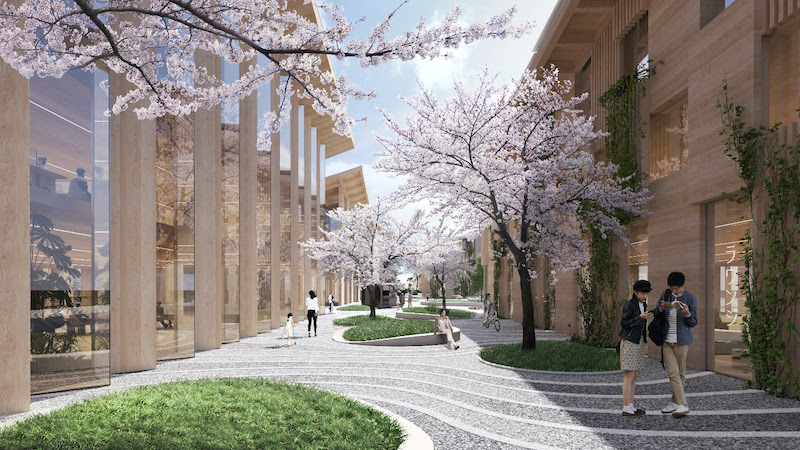
“By simply ‘reprogramming’ existing streets, we can begin to reset the balance between people, mobility, and nature in cities as diverse as Tokyo or New York, Copenhagen or Barcelona.” said Bjarke Ingels, Founder and Creative Director, BIG, in a release. “The Woven City is designed to allow technology to strengthen the public realm as a meeting place and to use connectivity to power human connectivity.”
See Also: BIG unveils Downtown Brooklyn Public Realm vision
The three different street types will be woven into 3x3 city blocks, with each one framing a courtyard accessible via the promenade or linear park. The urban fabric expands and contracts to accommodate a variety of scales, programs, and outdoor areas, such as large plazas or central parks. The city’s infrastructure, including hydrogen power, stormwater filtration, and a goods delivery network known as the matternet, will be hidden underground.
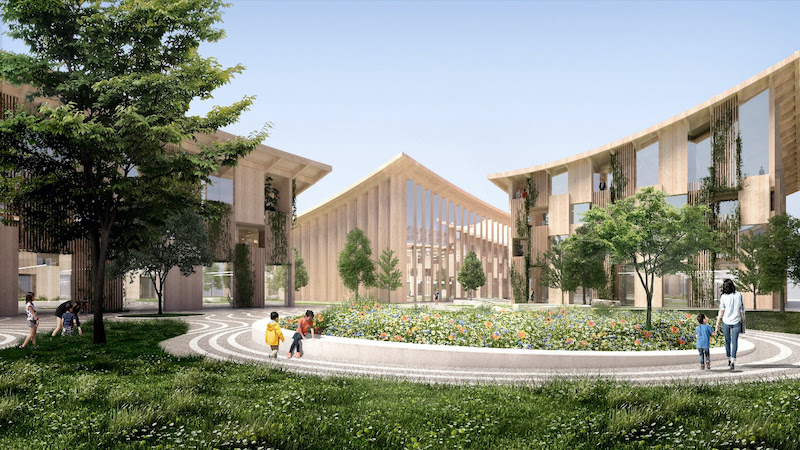
All of the buildings in the Woven City will be built with mass timber and include photovoltaic panels on the roofs. The construction process will combine Japanese craftsmanship and the tatami module with robotic fabrication technology. Each city block will be characterized by a variety of housing, retail, and business to create neighborhoods that are active at all times of the day. R&D spaces will house robotic construction, 3D printing, and mobility labs while offices will be flexible and accommodate workstations, lounges, and indoor gardens. Residences will be used to test technology such as in-home robotics and be equipped with sensor-based AI technology to perform functions like automatic grocery deliveries, laundry pick-ups, or trash disposal.
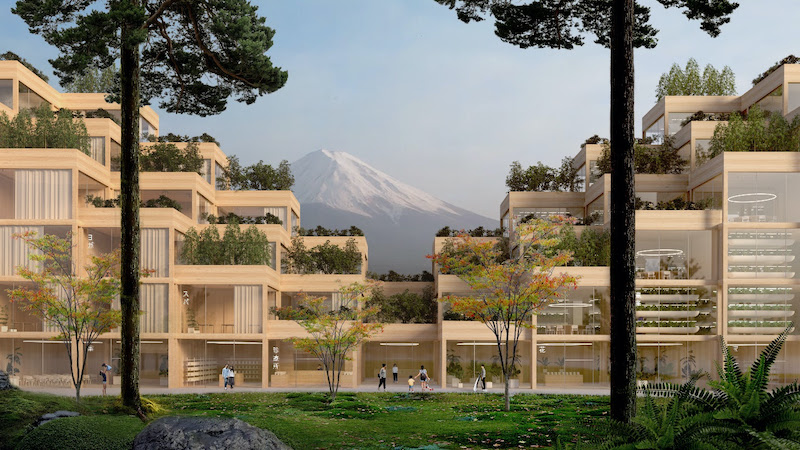
Toyota Woven City is BIG’s first project in Japan and will break ground in phases beginning in 2021.
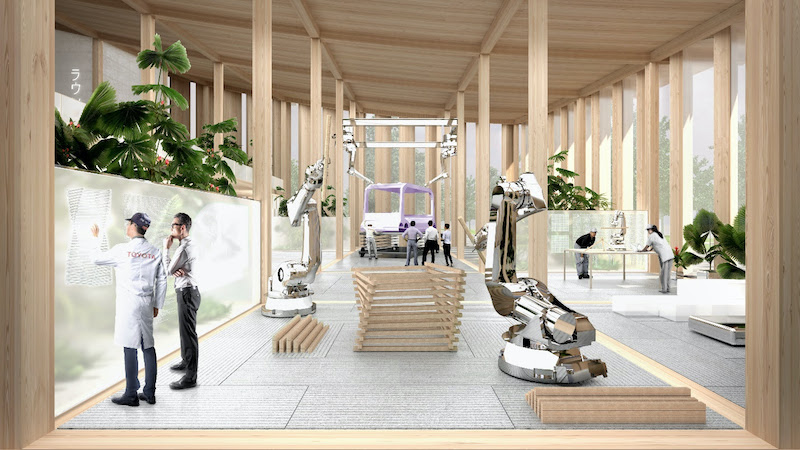
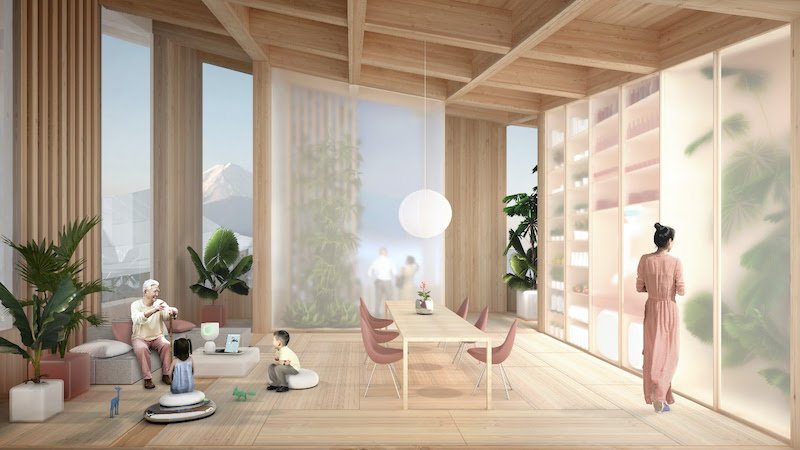
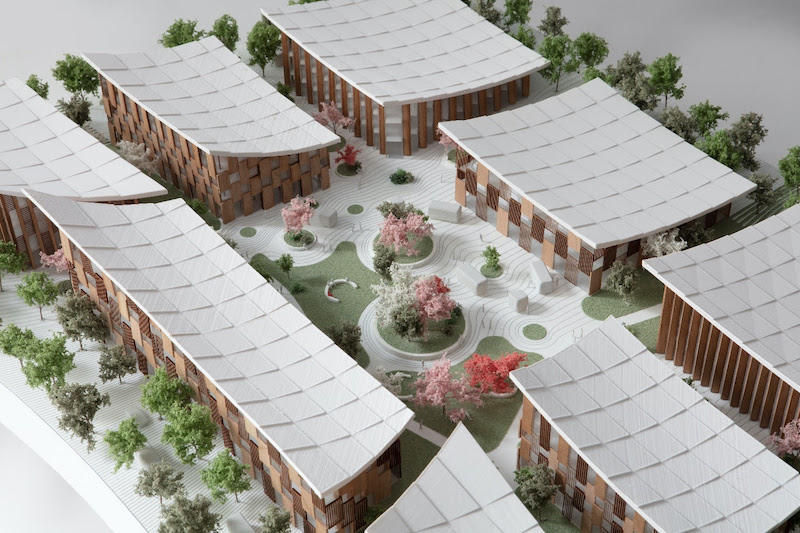
Related Stories
Urban Planning | May 4, 2016
Brookings report details how different industries innovate
In the new report, “How Firms Learn: Industry Specific Strategies for Urban Economies,” Brookings' Scott Andes examines how manufacturing and software services firms develop new products, processes, and ideas.
Urban Planning | Apr 19, 2016
MVRDV wants to turn a former US Army barracks in Germany into a model for the future of suburban living
Blending traditional families with young couples and the newly retired, MVRDV hopes to transform traditional suburbs into diverse communities of shared experiences
High-rise Construction | Mar 10, 2016
Bigger, taller, wider: London’s skyline is about to have a major growth spurt
More than 100 tall buildings have been added to the plans for the capital city since this time last year, and the overall number of tall buildings planned for London is now over 400.
High-rise Construction | Feb 25, 2016
Kohn Pedersen Fox wants to build a mile-high tower in Tokyo
The tower would be the centerpiece of Next Tokyo, a mini city in Tokyo Bay adapted to climate change and rising tides.
Mixed-Use | Feb 18, 2016
New renderings unveiled for Miami Worldcenter master plan
The ‘High Street’ retail promenade and plaza is one of the largest private master-planned projects in the U.S. and is set to break ground in early March.
Green | Feb 18, 2016
Best laid plans: Masdar City’s dreams of being the first net-zero city may have disappeared
The $22 billion experiment, to this point, has produced less than stellar results.
Urban Planning | Feb 9, 2016
Winners named in 'reinventing Paris' competition
Architects submitted projects that redeveloped key parts of the city and incorporated green space features.
Urban Planning | Feb 2, 2016
Report identifies 600 cities that will drive economic growth through 2025
Of them, 440 are in emerging economies in China, South Asia, and Southeast Asia.
Urban Planning | Jan 21, 2016
Anders Berensson Architects re-imagines Stockholm as a city of skywalks
The Swedish firm’s "Klarastaden" plan connects the city via clear skyways that weave in and around the city’s buildings.
Urban Planning | Jan 19, 2016
Cities are booming, but do they have what it takes to sustain growth?
While cities are creating new jobs and attracting new residents, there are warning signs that suggest this current urban boom lacks the necessary sustainability that comes with focusing on the macro issues of community, affordibility, and displacement, writes Gensler’s Peter Weingarten.


